Plant Description
The Rubber Plant is surprisingly easy to care for given its dramatic, larger-than-life foliage. These plants are most popular in their medium form, but they make a great investment for plant owners who would like to grow a centerpiece for the home, or upsize pots as space allows.
In their native tropical habitat, Rubber Plants can grow to a staggering 100 feet. Indoors, these plants grow from 6 to 10 feet given a large enough pot and placed in the proper lighting conditions. Rubber Plants grow waxy, oblong leaves and come in a range of shades from deep, forest green to maroon. Due to their substantial mature size and weight, Rubber Plant leaves are prone to drooping. When growing these trees to their mature indoor size, be prepared to support the leaves with stakes and ties.
Rubber plant facts
The Rubber Tree is native to Southeast Asia. A member of the ficus genus and fig family, Moraceae, which includes shrubs, trees, and lianas, the Rubber Plant produces a milky sap when cut that is used commercially to produce latex. The Rubber Plant was commonly grown to produce natural rubber before synthetics became readily available.
Compared to other species in the ficus genus like the Fiddle Leaf Fig (ficus Lyrata), the Rubber Tree plant acclimates well to new spaces, is less fickle with water, and can live in lower lighting conditions.
| common name | Rubber Tree, India rubber plant, India rubber fig |
| botanical name | Ficus elastica |
| no. of species | 850 |
| family | Moraceae |
| biological life cycle | perennial |
| foliage | evergreen |
| mature size | Grows 8-13 feet tall, spreading 3-5 feet wide |
| time to maturity | 10-20 years outdoors |
| origin | Southern China, Southeast Asia, and Indonesia |
| light conditions | bright, indirect light |
| soil type | well-draining with good aeration |
| soil pH | slightly acidic |
| USDA Zone | 10-12 |
| toxicity | sap is poisonous to people and pets |
Popular varieties of rubber plants
In addition to the traditional Rubber tree (Robusta comes to mind), colorful variegated Rubber Trees (Tricolor, Tineke, and Doescheri, among others) have increased in popularity in recent years.
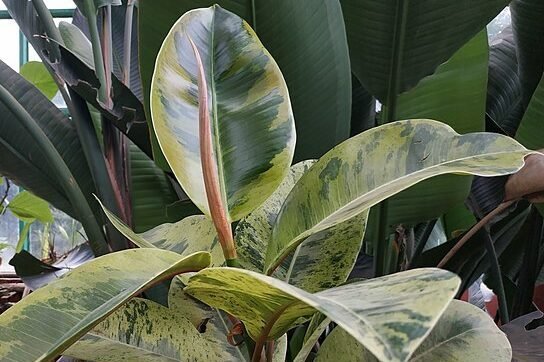
How To Care For Rubber Plants
Rubber plant light requirements 🔆
Best light: bright, indirect light
The Rubber Tree prefers bright indirect light, though it is remarkably tolerant of low lighting conditions. Avoid direct sunlight as this can cause the leaves to burn. Insufficient light, however, can cause leaves to lose vibrancy and color.
Rubber plant water requirements 💧
Water requirements: once every 1-2 weeks – soil should be only slightly dry to the touch
Keep the soil of your Rubber Plant moist but not soaked, watering about every 1-2 weeks during the growing season. The soil should dry slightly before watering again. Do not allow the soil to fully dry out. More frequent watering is necessary in brighter light environments and during the growing season (summer months). You can use a moisture meter to stay on top of moisture levels.
Rubber plant humidity requirements 🌫️
Humidity preferences: Aim for humidity around 40-50% with occasional misting
Moderate to higher humidity is ideal for the Rubber Tree. Mist around the plant to maintain high humidity levels. If the environment is frequently prone to dry air, investing in a plant humidifier is a great idea.
Rubber plant temperature requirements🌡️
Ideal temperature: The rubber tree prefers moderate to warm temperatures, between 65°F (18°C) to 75°F (24°C). Temperatures should not drop below 60°F (16°C).
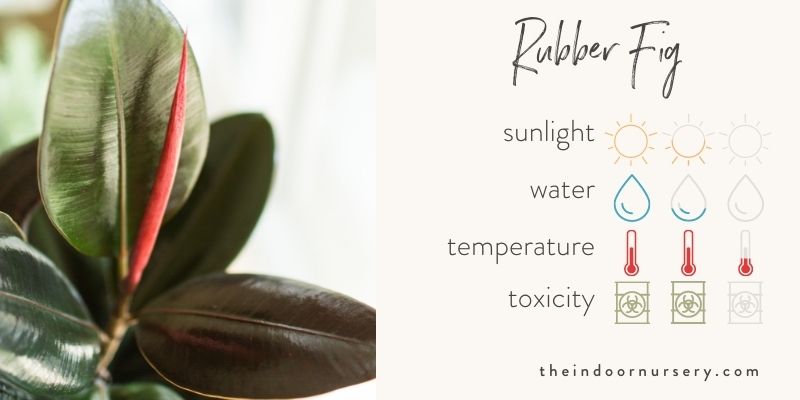
Rubber plant fertilizer requirements 💩
Fertilizer preferences: During the early growth stages, feed the Rubber Tree plant with a high phosphorus fertilizer (you can easily make your own phosphorous fertilizer) to facilitate sustained growing. As the plant matures, transition to a nitrogen, phosphorus and potassium fertilizer mix. Fertilizing every 4-6 weeks should be sufficient during the growing season. Avoid using too much fertilizer as this can cause the plant to become leggy and root-bound.
Rubber plant soil requirements
Soil type: well-draining with good aeration
pH level: slightly acidic
Look for soil that is well-draining, provides aeration, and prevents soil compression. One great option for Rubber Plants is an equal mix of peat, pine bark, and sand or perlite.
Rubber Plants are known to consume their potting soil, which means that aerial roots will pop up above the soil line as they grow toward the first set of leaves. Add a fresh layer of potting mix to the topsoil when you see exposed aerial roots.
In terms of pH levels, the Rubber Tree prefers something slightly acidic.
Repotting rubber plants
To encourage growth, repot the Rubber Plant in a larger container every growing season to stimulate more growth. Use a pot that is about an inch larger in diameter than the previous pot to maintain the root ball structure of the plant.
Rubber plant propagation 🌱
Rubber Plant propagation is often hit or miss. Leaf-tip cuttings tend to have the highest success rate for home gardeners – no pre-soaking is needed! Cut a terminal stem segment with 3-4 leaves, just above an existing leaf. Treat both the cut mother plant and the cutting with rooting hormone after making the cut. Place the cutting directly into moist soil, and keep it in a closed environment with stable, high humidity and temperature for 4-6 weeks, until a new leaf has emerged. Try sealing the pot in an XL plastic bag and placing it in a warm, sunny spot in your kitchen so you can watch it grow!
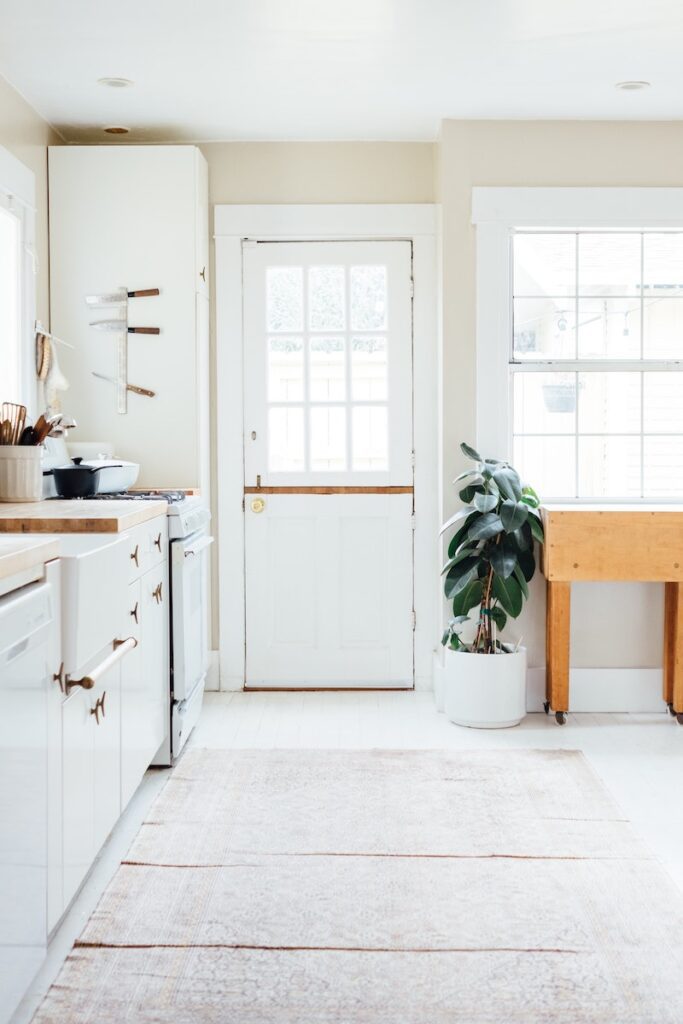
Pruning rubber plants 🌿
Pruning is essential to Rubber Plant care when these plants are kept in low lighting conditions. Without pruning, Rubber Plants tend to topple from the weight of their own leaves when kept in low light.
For a fuller Rubber Plant bush, cut stems just above leaf nodes. Each stem will be replaced with two or more new stems. Prune 2-3 times per growing season until the desired spread and bushiness are achieved. Remove dead and dying leaves to encourage further growth.
Rubber plant pests and diseases 🐛
pests: spray with Neem oil to prevent and treat infestations
The plants occasionally fall prey to mealybugs, aphids, spider mites, scale, and thrips. Spray weekly with Neem Oil to prevent and treat infestations.
Rubber plant care tips
- Optimal Lighting: Place your rubber plant near a window with filtered light. East or west-facing windows are ideal. Too much direct sunlight can cause leaf burn, while too little can lead to leggy growth.
- Watering Routine: Instead of sticking to a strict watering schedule, check the top 2 inches of soil. If it’s dry, it’s time to water. This method ensures you’re responding to the plant’s actual needs rather than over or under-watering.
- Boost Humidity: Rubber plants thrive in humid conditions. Place a tray filled with water and pebbles beneath the pot. As the water evaporates, it’ll increase the humidity around the plant without making the soil soggy.
- The Right Soil: A mix of potting soil, perlite, and pine bark is ideal. This combination ensures good drainage and provides the plant with the nutrients it needs.
- Pruning for Shape: If your rubber plant becomes too tall or leggy, give it a trim. This not only maintains its shape but also encourages fuller growth. Remember to wear gloves, as the sap can be irritating.
- Monthly Check-ups: Dedicate one day a month to your rubber plant. Check for pests, wipe down leaves to remove dust, and rotate the pot for even growth. This routine ensures your plant stays healthy and vibrant.
- Safety Measures: Keep your rubber plant in a spot where pets and children can’t easily access it. The plant’s sap can be an irritant, so it’s best to handle with care.
Common Problems / FAQs:
Why are my rubber plant leaves curling inward?
It’s likely that the plant is being underwatered. Rubber Plants can dry out very quickly. Keep a close eye on the moisture level of the soil, and be sure to water just as the soil starts to dry out.
Why are my rubber plant leaves drooping excessively?
The Rubber Plant is most likely being overwatered. Make sure the soil is just slightly dry before watering again.
Why is my rubber plant fading in color?
If the leaves are starting to fade in color, the plant is not receiving enough light. Try to place the Rubber Plant in a bright, indirect light.
Why are my rubber plant leaves getting crispy spots?
If the leaves become crispy and brittle, the plant is receiving too much direct sunlight. Move it to a shadier location, but ensure that it is still receiving enough indirect light.
Why does my rubber plant have yellowing leaves?
If the leaves are starting to turn yellow, it’s possible the plant is being overwatered. It’s recommended to keep the Rubber Plant on a steady watering schedule, and adjusted for the season, so that overwatering can be prevented.
Shop our recommendations
- The Best Hydroponic Tower For Indoor Gardening
- 10 Best Worm Composter Bins For Easy Homemade Compost
- The Best pH Meter For Soil
- The 6 Best Dehumidifiers For Grow Tents
- The Best Complete Indoor Hydroponic Grow System
- 5 Best Grow Light Strips For Indoor Plants
- TESTED: Aerogarden vs Click and Grow Smart Garden
- Our *hands on* MARS HYDRO TSW 2000 review (with photos)
- 7 Best Hygrometers For Indoor Plants
- The Best Coco Coir For Your Plant’s Healthiest Root System Ever

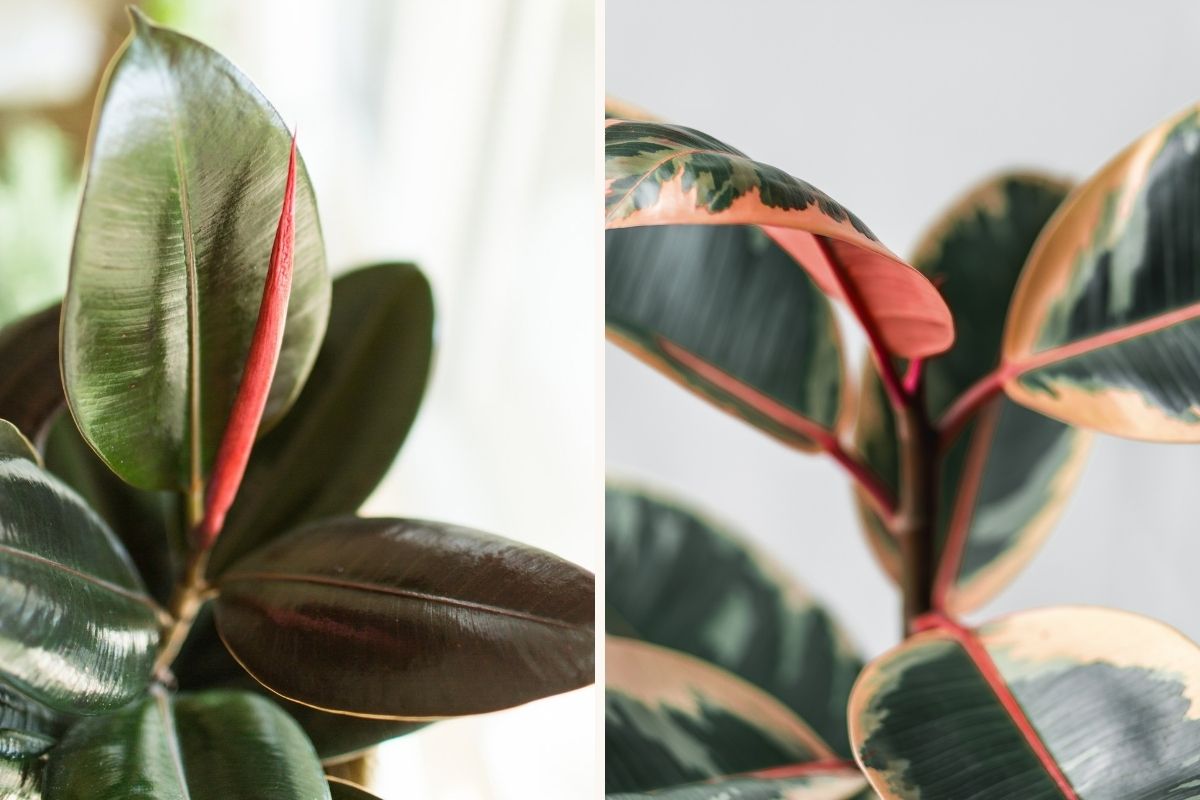
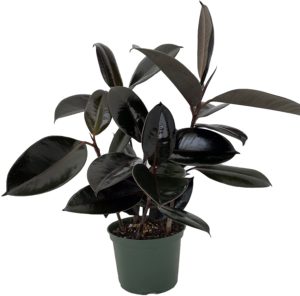
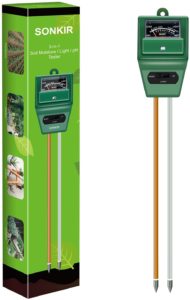




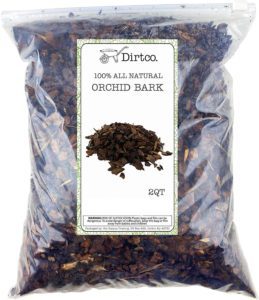
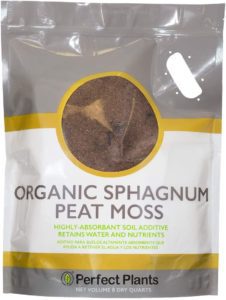



Hey, Marcia! Thanks for reading :) gosh, that's a great idea to double up on your watering globe and spike.…